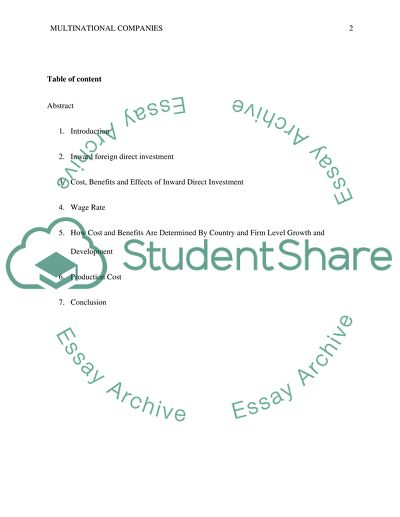Cite this document
(“Cost, Benefits and Effects of Inward Direct Investment Literature review”, n.d.)
Cost, Benefits and Effects of Inward Direct Investment Literature review. Retrieved from https://studentshare.org/finance-accounting/1497242-dynamics-of-multinational-companies
Cost, Benefits and Effects of Inward Direct Investment Literature review. Retrieved from https://studentshare.org/finance-accounting/1497242-dynamics-of-multinational-companies
(Cost, Benefits and Effects of Inward Direct Investment Literature Review)
Cost, Benefits and Effects of Inward Direct Investment Literature Review. https://studentshare.org/finance-accounting/1497242-dynamics-of-multinational-companies.
Cost, Benefits and Effects of Inward Direct Investment Literature Review. https://studentshare.org/finance-accounting/1497242-dynamics-of-multinational-companies.
“Cost, Benefits and Effects of Inward Direct Investment Literature Review”, n.d. https://studentshare.org/finance-accounting/1497242-dynamics-of-multinational-companies.


